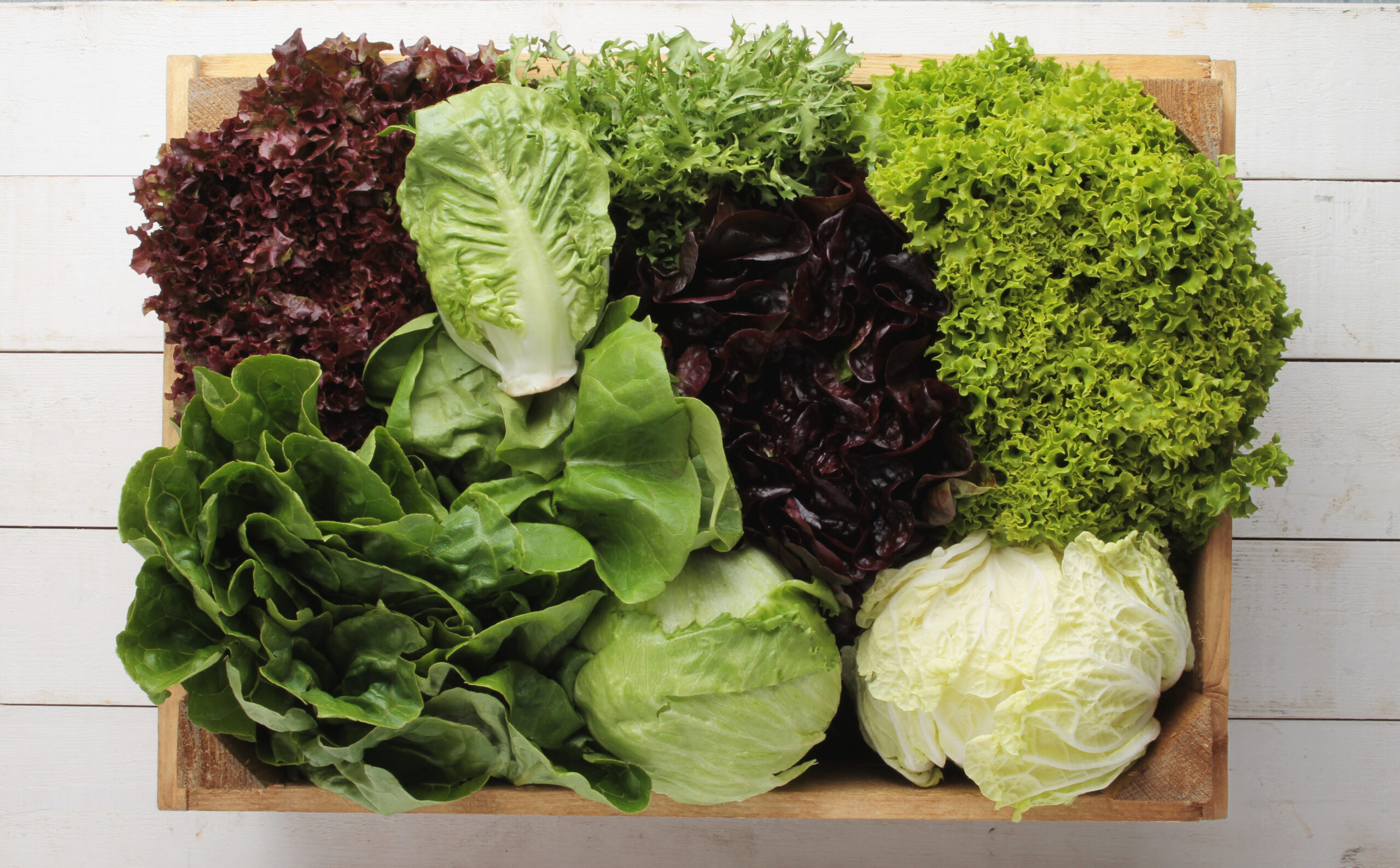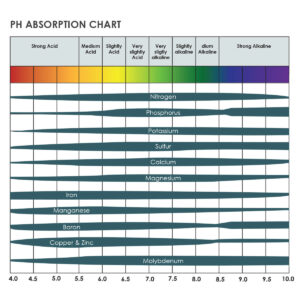
Easily overlooked in small systems is the role of pH in hydroponics which is important to healthy plant growth.
pH LEVELS ARE IMPORTANT
Hydroponic nutrient solutions are designed to provide everything a plant will need. The pH of the nutrient solution is a major factor in determining the uptake rate of essential nutrients. If your pH is too high nutrient lockout occurs. Often the first sign of trouble is that the plants younger foliage pales or yellows as the plants struggle to take in the nutrients they need.
In the case of Lettuce, the most hydroponically grown veggie – if you are not providing the correct amount of nutrients at the right level of pH your lettuce will not be as crisp as you would expect. And no one likes wimpy lettuce.
WHAT IS BEST LEVEL OF pH
A pH of 7 is considered neutral, values below 7 are acidic and those above are alkaline (or basic). Ideally, for hydroponics, your pH level should be between 5.5 and 6.5. This chart provides an idea of how nutrients are taken up at different pH levels
ADJUSTING pH
For beginner’s indoor hydroponics adjusting the pH can be done by simply adding small amounts of distilled White Vinegar (acidic) or Baking Soda (alkaline) to adjust. As you gain experience in what you are doing, I recommend using something like. pH Tester & Maintenance Kit that provides everything you need including testing. You shouldn’t use both an acid and a base at once or you’ll just be fighting yourself. It’s counterproductive!
BUFFERING
Buffering is the ability of a solution to resist a change in pH. Where that most commonly comes into effect in hydroponics. Most people’s source water is hard water, which means that has a lot of carbonates. So, if you find that you consistently have high pH in your system, and adding pH down doesn’t help, have your water tested. For a small unit, distilled water from the store can work. For larger systems, you’ll probably want to use a Reverse Osmosis (RO) filter system to remove the carbonates in your water.
It doesn’t take much, small units to swing the number up or done. As for testing, of course, you could use a pH test strip kit or if you or if you are getting like me and the old eyes are going a Digital pH Meter. If you use any other type of testing strip, please make sure that it tests a pH range greater than 5.0 and 8.0. Sometimes you will find testing strips that do not go below 7.0.
IN CONCLUSION
Just like everything else, practice makes perfect, so don’t be afraid to try new things. Looking forward to your comments and as always -if you have any questions don’t be afraid to drop us a note.
Leave a Reply